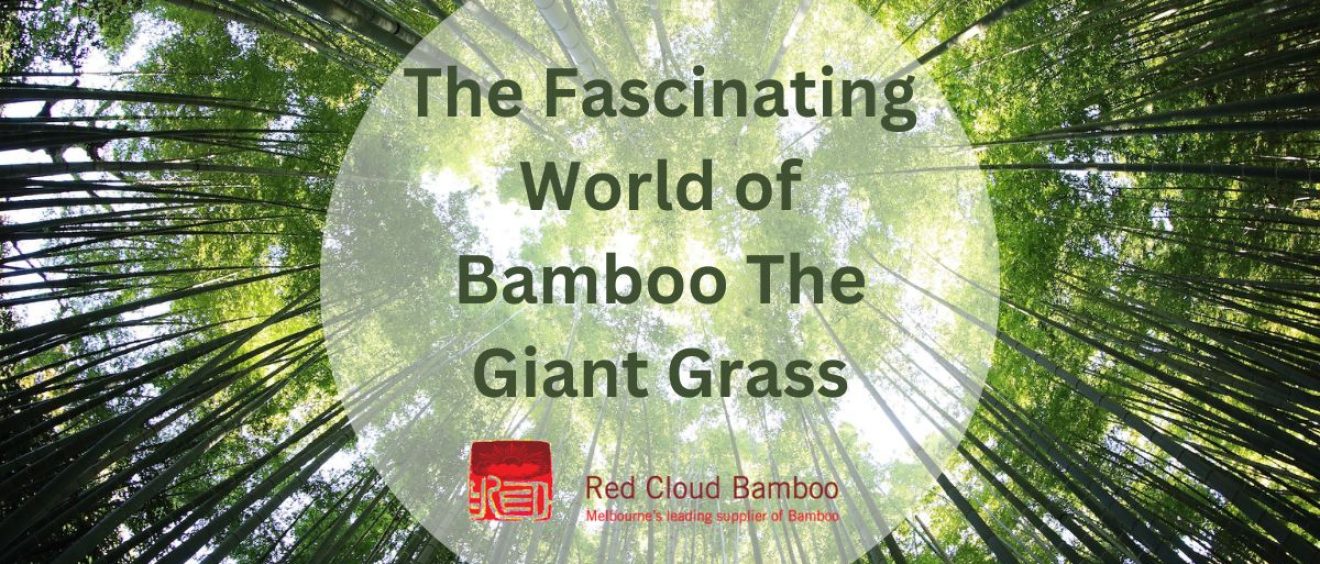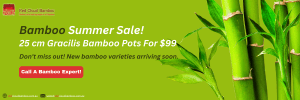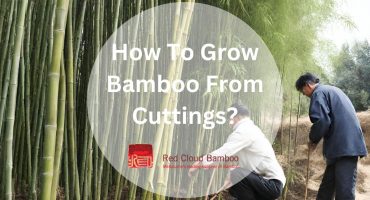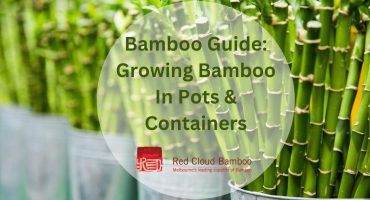
The Fascinating World of Bamboo The Giant Grass
Is Bamboo A Tree?
Bamboo is not a tree, and with its tall towering heights and woody stalks, may come as a surprise to many that bamboo is in fact not a tree but the largest member of the grass family.
Bamboo is one of the most widely used plant materials globally, popular for an array of applications ranging from construction to crafts and even in landscaping designs.
The giant grass, known scientifically as Bambusoideae, consists of over 1,500 different bamboo species spanning the globe and providing versatile natural resources as well as ecological benefits.
Bamboo: Nature’s Unique and Versatile Giant Grass
One prominent bamboo species found worldwide and known for its towering heights is the bamboo tree, or bambusa vulgaris. Reaching over 20 meters tall, the bamboo tree forms dense thickets across tropical and subtropical regions in Asia, Africa, the Americas and beyond. It has light green canes with coarse, angular branches. Another striking bamboo variety, recognized by its steely-blue tones, is the running bamboo species known as blue bamboo or Phyllostachys Nigra. Its thin flexible canes spread rapidly via underground rhizomes.
Scientists have classified over 1,000 different bamboo species worldwide. The majority belong to the woody bamboos division containing large timber bamboos capable of growing to tree-like proportions. However, some temperate bamboo thrive in cooler climates as well, such as the running type favored for landscaping.
With varied cane textures from smooth to corky ridges, and colors ranging from greens and blues to blacks and yellows, the diverse forms of bamboo continue to captivate gardeners and botanists alike. Their graceful vertical elegance and rapid growth rates demonstrate why bamboo is considered one of nature’s most unique and dynamic grasses.
Cultivating and Harvesting the Fast-Growing Grass
Commercial bamboo cultivation usually begins by first establishing clumps through planting sections of bamboo rhizomes approximately 1-2 meters apart in prepared soil. These anchored root systems, known as clumps, will gradually spread to form dense groves over several years as the rhizomes expand horizontally just below the soil surface. Some initial care and pruning is needed as the canes mature to maintain optimum spacing of around 3-5 meters between clusters. Initial spacing allows room for bamboo to grow without becoming overcrowded, similar to the growth pattern of running bamboo varieties which spread rapidly via their extensive underground rhizomes.
Proper farming techniques also involve utilizing stakes, fences, bamboo screens or trellises to support the weight of larger bamboo varieties as the cane stalks elongate rapidly skyward. With optimal growing conditions, selected bamboo species have been documented achieving over 3 feet of vertical growth per day during their flowering cycles. However, regular harvesting helps prevent overcrowding of canes in the grove.
Harvesting typically takes place every 3-5 years once the bamboo stalks reach their usable maturity by manually cutting them off just above ground level using trimmers or saws. This allows the extensive underground rhizomes to briskly regenerate new shoots the following season without damage to the root system. By periodically removing a portion of the mature canes, continuous sustainable yields can be gathered from the same bamboo crops for decades with minimal impact when harvest intervals are balanced to the variety’s renewal rate. Proper farming and rotational harvesting are what allows bamboo to thrive as a remarkably renewable plant resource.
Environmental Upsides and Renewable Nature of Bamboo
One of bamboo’s strongest natural attributes is its rapid growth rate – some species capable of over 3 feet per day, allowing it to replenish itself quickly. This growth efficiency results in bamboo being one of the fastest sequestering plants for carbon dioxide. Both above and below ground, the extensive root systems and canes of bamboo forests can store massive amounts of carbon over their lifespans far exceeding other tree plantations. Bamboo’s extensive rhizome networks also help control erosion by holding soil in place, important for areas susceptible to landslides and flooding.
Additionally, the dense thickets formed by bamboo varieties like blue bamboo and bambusa vulgaris demand little fertilizing or pest management. As a member of the grass family, bamboo has evolved strong natural resistances to pests and diseases compared to other forestry crops. When harvested sustainably on rotational schedules as opposed to clear cutting, bamboo farms can continue generating harvests for decades while renewing their carbon stocks with each regrowth cycle.
The combination of rapid growth, pest resilience, carbon sequestration and renewability offered by this dynamic grass makes bamboo one of the most promising sustainable plant resources available to industrial sectors. With further exploration into developing high-value products from bamboo, its potential long-term environmental and economic impacts continue expanding worldwide.
Closing Thoughts
In conclusion, the versatility and sustainability offered by bamboo make it a invaluable renewable resource that could be further utilized across industries if properly cultivated. With a growing appreciation for offsetting carbon emissions and creating circular economies, bamboo’s accelerated growth rates, low inputs and numerous applications position it at the forefront of innovations in green building materials, bioplastics and more.
Continued research and development surrounding bamboo stands to yield products that benefit both people and the planet for generations. While ancient civilizations already realized bamboo’s potential centuries ago, modern sustainable solutions can learn much by considering this giant grass anew as both an ecologically-sound and profitable crop.
“Discover the incredible world of bamboo and unlock its limitless potential. Join us at Red Cloud Bamboo, your trusted partner in all things bamboo. Contact us today at 0418 552 170 to explore the possibilities. Or check out our blog for more information about bamboo. Let’s embrace the resilience and beauty of bamboo together!”




